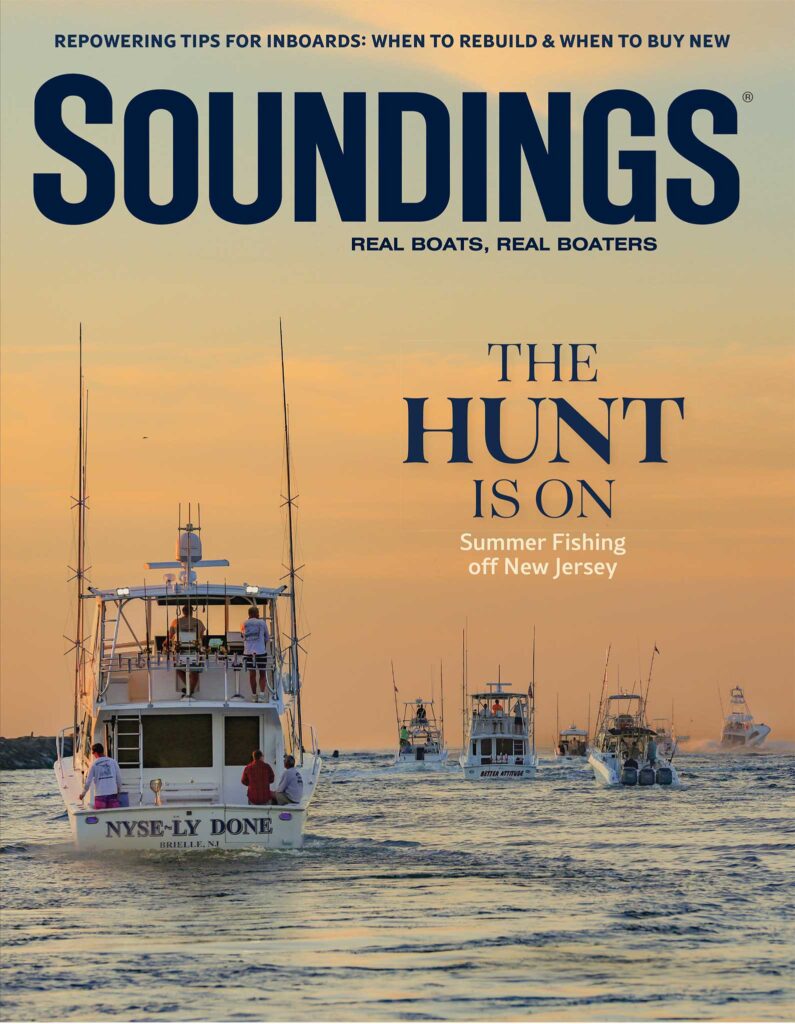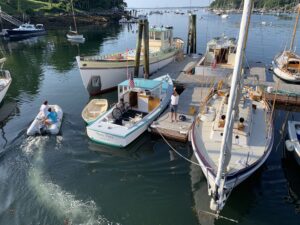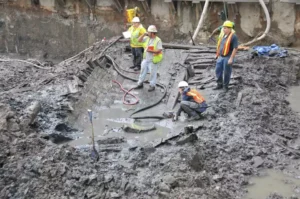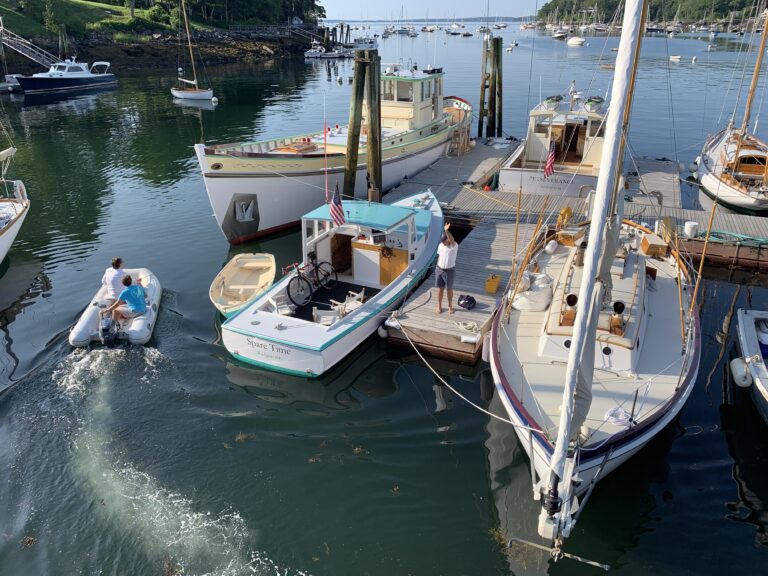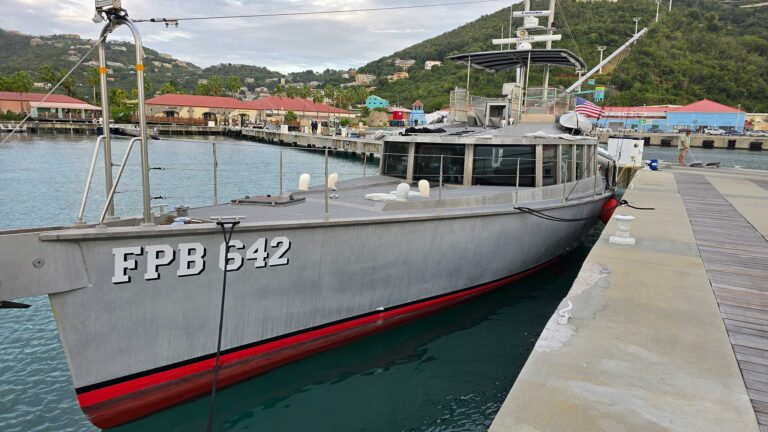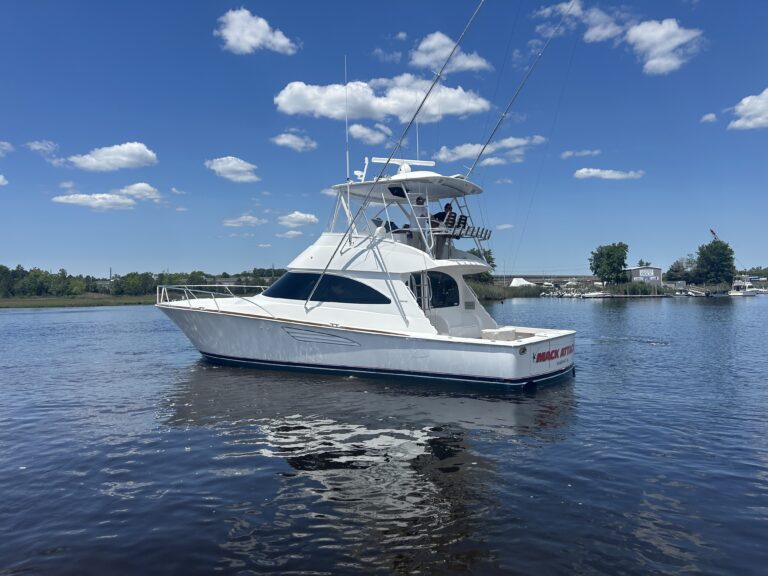In 1983 the Chesapeake Bay Program was created to restore and protect the bay. The program partners with members of state, federal, academic and local organizations.
One scientist who works with the program is Ed Houde of the University of Maryland. For more than 35 years he has studied fisheries science and management, larval fish ecology and fisheries oceanography.
Part of his work is studying the forage of the bay — small species of marine life, including anchovies, bivalves and crustaceans, that serve as food for larger species.
This Chesapeake Bay Program video explains more:
The bay is an iconic piece of the American landscape. For as long as people have lived on its shores, they have relied on its bounty and created a rich maritime culture.
In the 1970s the bay rapidly lost wildlife and aquatic life, and scientists discovered marine dead zones. These areas are oxygen-depleted — a result of toxic algal blooms nourished by runoff and pollution. They could not support life and were causing massive fish die-offs.
In response, Maryland, Virginia and Pennsylvania, the District of Columbia and the Environmental Protection Agency signed The Chesapeake Bay Agreement of 1983, creating the regional partnership that continues today.

